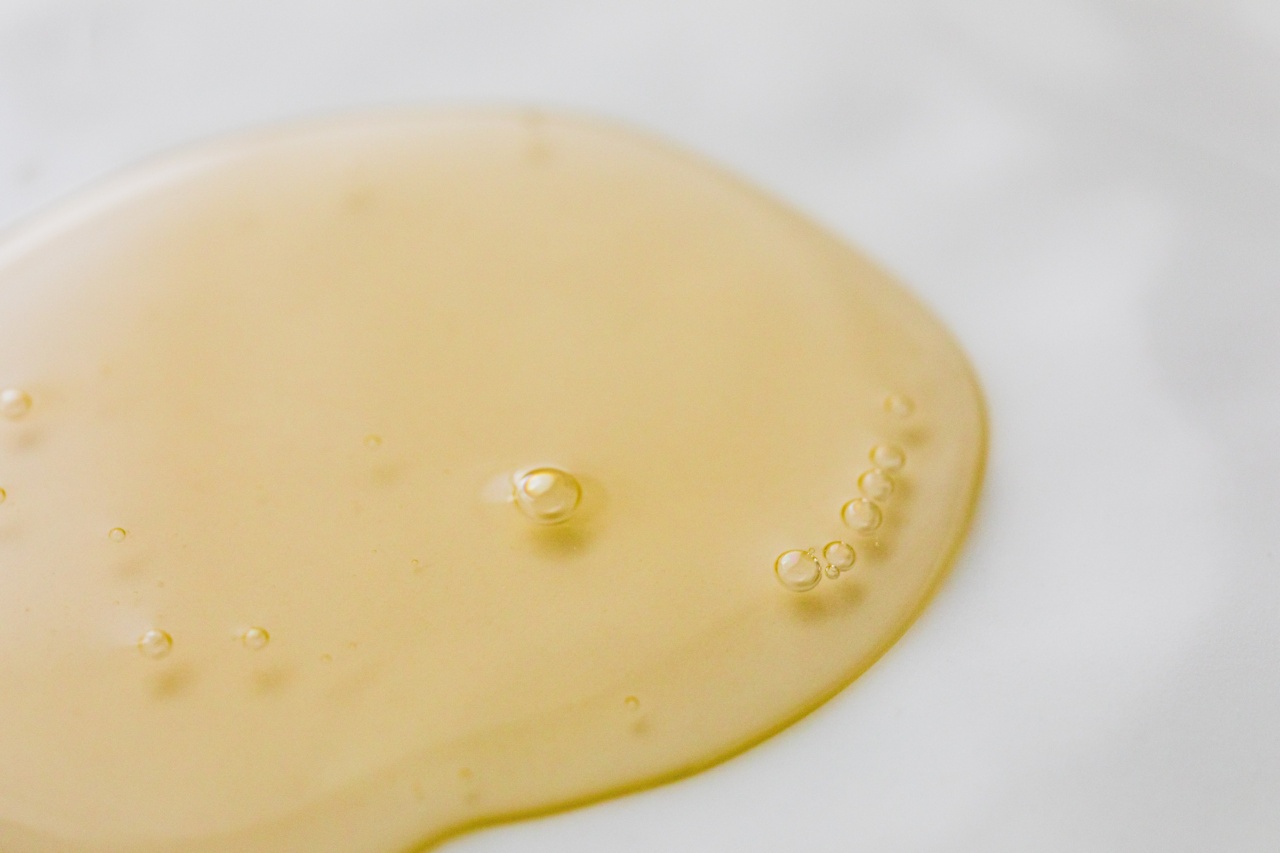Hydrocele is a condition characterized by the swelling of the testicles due to the buildup of fluid around the area. This fluid collection usually occurs in the tissue surrounding the testicle, called the tunica vaginalis.
Hydrocele can affect one or both testicles and can occur in males of all ages, from infants to older adults.
Causes of Hydrocele
There are two main types of hydrocele, each with different causes:.
1. Communicating Hydrocele
A communicating hydrocele is caused by a persistent connection between the tunica vaginalis and the abdomen. This connection may allow abdominal fluid to flow into the scrotum, leading to the accumulation of fluid and subsequent swelling.
Communicating hydroceles are more common in infants and may resolve on their own within the first year of life.
2. Non-communicating Hydrocele
A non-communicating hydrocele occurs when the tunica vaginalis produces excess fluid or fails to absorb fluid normally, leading to fluid buildup and testicular swelling.
This type of hydrocele can happen at any age and is more commonly found in older males. Non-communicating hydroceles may also be associated with underlying conditions, such as testicular tumors or infections.
Symptoms of Hydrocele
Hydrocele is typically painless and the swelling may vary in size. However, some individuals may experience discomfort or a heavy sensation in the scrotum. Other symptoms of hydrocele may include:.
- Enlarged testicles
- Swelling of the scrotum
- Fluid-filled sac in the scrotum
- Feeling of pressure in the groin area
Diagnosis of Hydrocele
To diagnose hydrocele, a healthcare professional will perform a physical examination and may conduct additional tests, such as:.
- Transillumination: A light is shone through the scrotum to determine if the swelling is caused by fluid accumulation.
- Ultrasound: An ultrasound scan may be done to visualize the testicles and confirm the presence of fluid in the scrotum.
Treatment Options
Most hydroceles in infants resolve on their own within the first year of life. However, treatment may be necessary for adults or if the hydrocele causes discomfort or affects daily activities. Treatment options include:.
- Observation: In many cases, hydroceles are harmless and may not require treatment. Regular monitoring by a healthcare professional is recommended.
- Hydrocelectomy: This surgical procedure involves making an incision in the scrotum or lower abdomen to drain the fluid and remove the hydrocele sac. It is typically performed under local or general anesthesia.
- Needle aspiration and sclerotherapy: A needle is inserted into the scrotum to drain the fluid, and a sclerosing agent is injected to seal the sac and prevent recurrence.
- Medication: If a hydrocele is caused by an underlying infection, antibiotics may be prescribed to treat the infection and reduce swelling.
Complications and When to Seek Medical Attention
Most hydroceles do not pose serious health risks. However, complications may arise in certain cases, such as:.
- Infection: If the hydrocele becomes infected, symptoms such as fever, increased pain, or redness may develop. Medical attention should be sought immediately if these symptoms occur.
- Hernia: In rare cases, a hydrocele may develop alongside a hernia. This occurs when abdominal tissues or organs protrude into the groin or scrotum. Surgical intervention may be required to correct the hernia and hydrocele.
If you notice any sudden or persistent changes in your scrotum or experience pain, it is important to consult a healthcare professional for an accurate diagnosis and appropriate management.
Preventing Hydroceles
While hydroceles cannot always be prevented, there are measures you can take to reduce the risk:.
- Practice good hygiene to prevent infections that may contribute to hydrocele development.
- Protect the genital area from injury, as trauma can increase the likelihood of developing a hydrocele.
- Seek prompt medical attention for any scrotal swelling or discomfort.
Conclusion
Hydrocele is a condition characterized by testicular swelling caused by the accumulation of fluid in the scrotum. While hydroceles may resolve on their own, treatment options are available if necessary.
If you suspect you have a hydrocele or experience any concerning symptoms, seek medical attention for proper diagnosis and guidance.





























